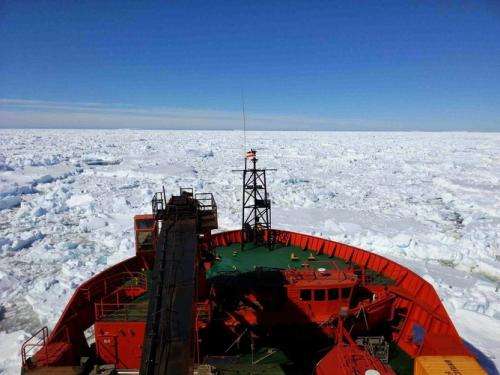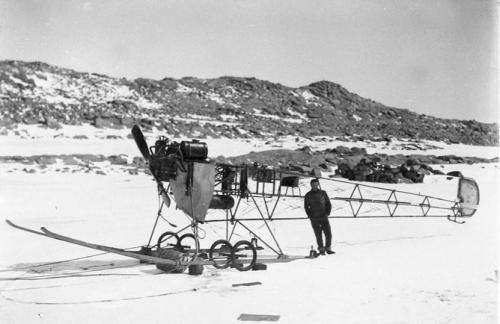Scientists at work: Stuck in the Antarctic ice we set out to study

Antarctica is a desolate place. That much we know, but nothing prepares you for it until you actually get there. It's cold, windy and lonely. Everything about it is the exact opposite of my normal summer destination. But scientists value the continent like an uncut gem.
Every bit of data retrieved from Antarctica pushes science forward. Which is why just over a month ago, we set out on the Australasian Antarctic Expedition 2013. Our goal was a survey of the Southern Ocean near a place called Commonwealth Bay, which is unique because its conditions changed dramatically a few years ago.
Ever since Sir Douglas Mawson first arrived in Commonwealth Bay in 1912, the place has been ice-free and directly connected to the Southern Ocean in summer. But in 2010 a giant iceberg (B09B, almost 100km wide) ran aground in the middle of the bay and since then sea ice has been building up around the berg. There is now 70km of ice between the ocean and the site where Mawson sailed in.
Scientifically, the iceberg offers a wonderful opportunity. Climate change in Antarctica means melting of the ice sheet, but also an increase in sea ice. While the extra sea ice in Commonwealth Bay is not directly due to climate change, the site offers a unique glimpse of how it affects the ecosystems.
Commonwealth Bay is as close to a controlled lab experiment as one can get in Antarctic science. So despite my aversion to cold, I joined a team of ecologists, glaciologists, ornithologists and oceanographers heading south. Along with us, we had journalists, teachers and nearly two dozen paying science volunteers. We set out to study what difference an iceberg makes.
With the birds
I've been at sea before, having spent a total of 15 weeks aboard four different research vessels, measuring the temperature and salinity of the ocean. But all of these expeditions were in the subtropics. There isn't much ice around there.

Taking observations on ice is much more difficult than in open water. Going off the ship is an endeavour – the Antarctic equivalent of a spacewalk. It requires careful planning and preparation. Even a short trip requires a full survival kit, including tent, sleeping bag, freeze-dried food and a plastic bag to use as toilet. This is because blizzards can trap people in the open without warning. Fortunately, we never needed to use the survival kit. Nor the plastic bag.
We returned to the ship with some amazing data. My ecologist colleagues found that kelp forests are dying in Commonwealth Bay because the sea ice blocks sunlight. My ornithologist colleague found that penguin colonies are in decline as the penguins need to walk so much further to get to open water. And I found that the water below the sea ice has become less saline.
The cyclic freezing and melting of the bottom parts of the sea ice annually has created a 40m thick freshwater lens. As freshwater freezes more easily than saltier water, the drop in salinity below the sea ice means that it is easier to form new sea ice. This is called a positive feedback cycle, and it means that the bay is likely to remain covered with sea ice for quite some time.
Testing times

And then we became world news. As we packed up our gear and got ready to sail back to New Zealand, we got caught by a massive outbreak of unusually thick, old sea ice. Within hours, our ship was surrounded by heavy ice, too thick for us to break through. We were stuck in our own experiment. Stranded in the ice we came to study.
Thanks to crews of the Chinese icebreaker Xue Long, the French icebreaker l'Astrolabe and the Australian icebreaker Aurora Australis, we were rescued. Not only did the evacuation they carry out bring everyone to safety, we were able to salvage our valuable samples and data as well. This data is crucial for helping us to understand Antarctica better.
Our adventure shows the difficulty of fieldwork in Antarctica. One hundred years since the first exploration it is still a major endeavour to get to the frozen continent. But there is so much research to be done – and we need all the help we can get.
Source: The Conversation
This story is published courtesy of The Conversation (under Creative Commons-Attribution/No derivatives).
![]()




















